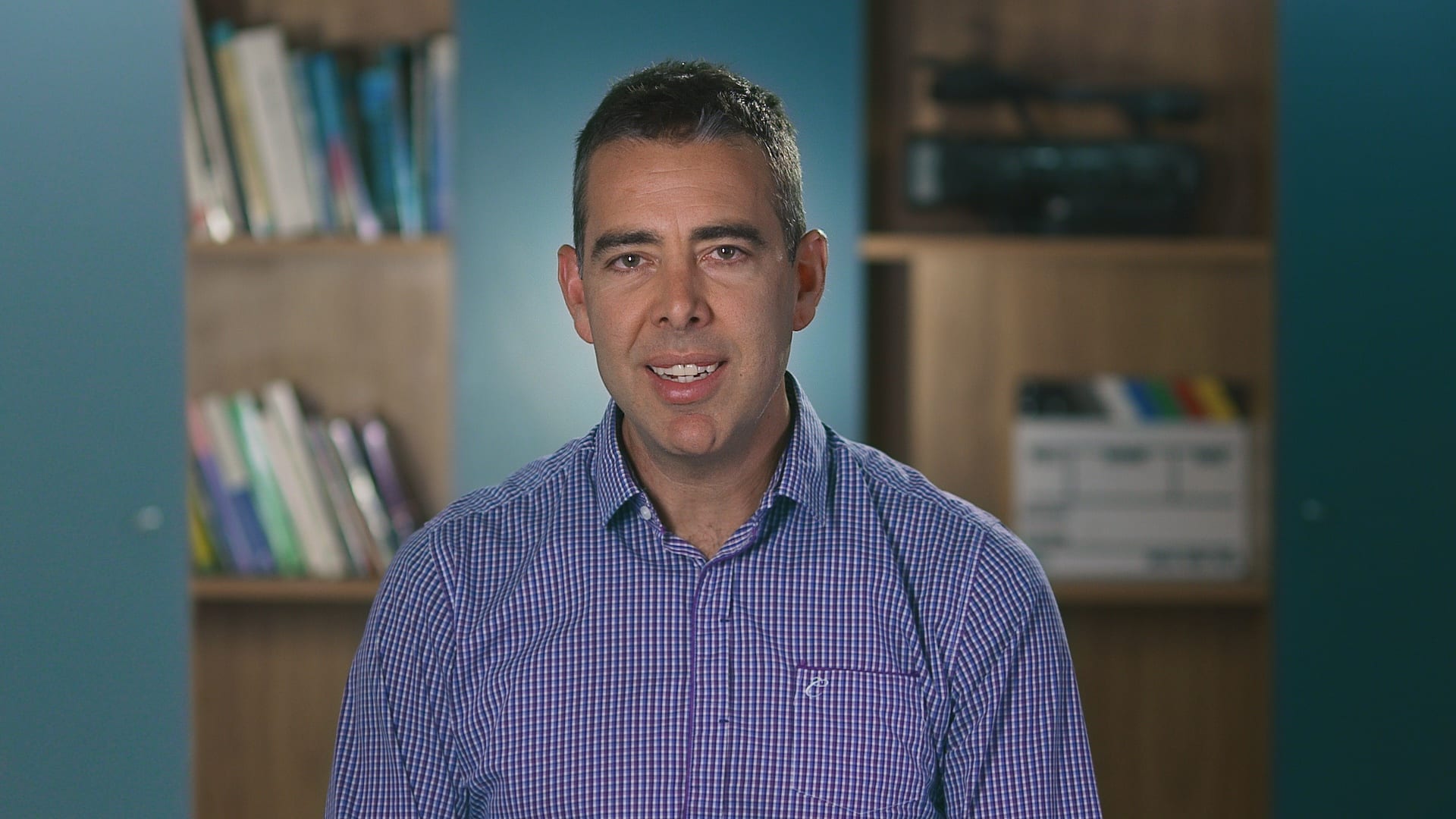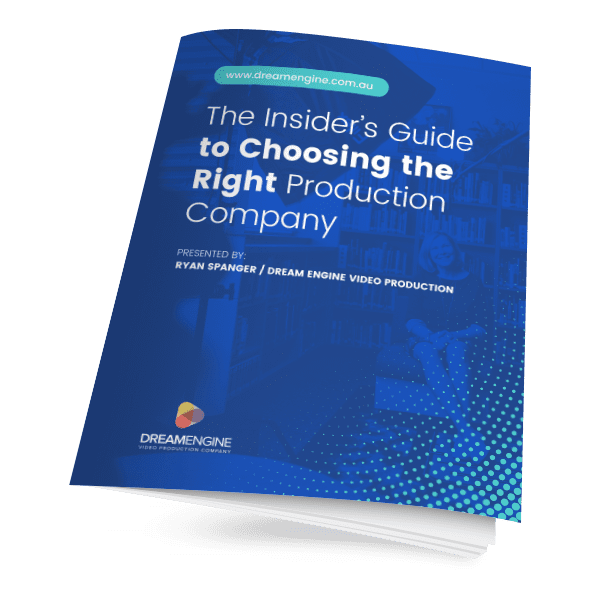How to Use Video on Your Website
Video on your website gives your visitors a better experience, is more engaging, and gives people the choice of either reading or watching. In this guide, we’ll cover some key aspects of creating and sharing effective web videos.
A website’s biggest challenge is earning and keeping people’s attention. There are many competing forces competing for attention, and people want to find what they’re looking for fast. Having video on your site can help make the first impression more inviting.
Video, when done well, can help to:
- Arouse interest
- Keep visitors on your site for longer
- Make your content more engaging
- Provide powerful proof
- Drive people to take specific actions
Types of Video to Use For the Web
You can use a range of different types of videos. It’s essential to be strategic. You can do this by being aware of the needs of your audience:
- What challenges do they have that they need to solve?
- What is the simplest and most effective way of giving them the information that they need
Popular types of videos that businesses use on their website are:
- Case Study and Testimonial Videos
- About Us videos
- Home Page videos
- Product Videos
- Thank you videos
Why You Should Use Video
- Web video can more effectively demonstrate your product or service than text and still images.
- It can help keep visitors on your website longer, which can help boost SEO.
- Including members of your team in your videos can help to personalise or humanise your business.
Best Way to Make Website Videos
The two main ways to produce videos for the web are either to make them in-house or to use the services of a professional video production company.
The advantage of using a production company is that, in most cases, the video will be produced with higher quality than in-house. It also frees up your resources to focus on areas of your expertise.
There may be cases where producing the videos in-house is convenient, e.g. a quick video clip recorded on your phone for Social Media.
Where to Host the Videos
It’s best to use a professional video hosting service like Vimeo or Wistia and then embed the video on your website. These services give you a lot of control over the look of the videos, and you avoid accidentally linking to videos from other companies, which can happen with YouTube videos.
Web Video Calls to Action
At the end of your video, be sure to add a Call to Action to signal to the viewer what action you would like them to take, e.g., adding your email address, getting in touch, etc.

Ryan Spanger is one of Melbourne’s most respected and sought-after video production professionals. Ryan founded Dream Engine in 2002, and specialises in helping medium to large corporates, government departments, and the non-profit sector to connect with their audience more effectively by using video.

